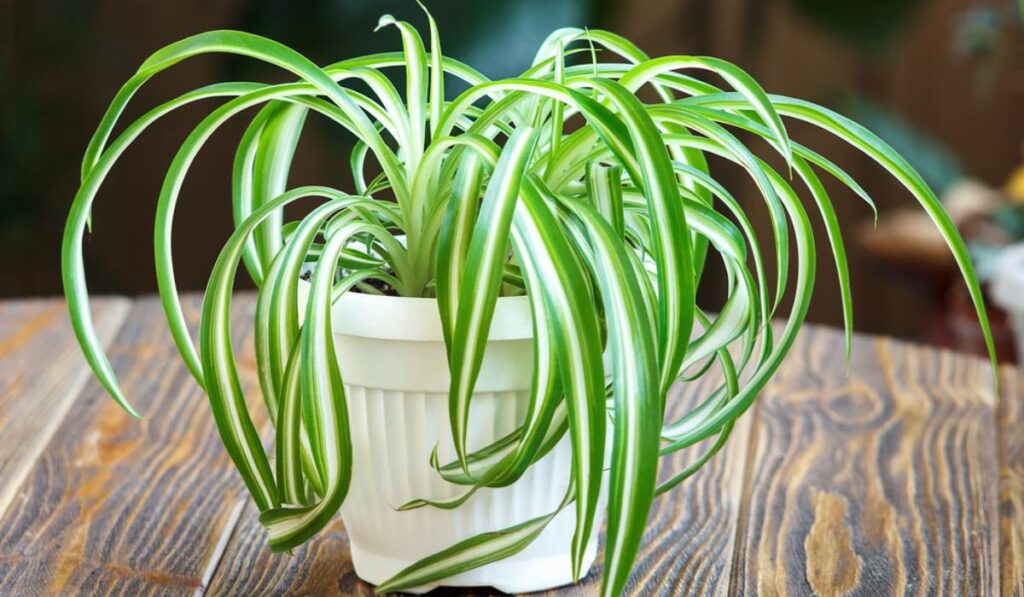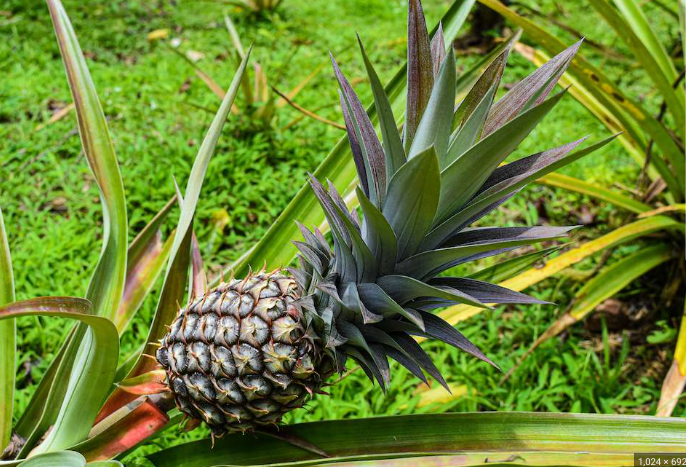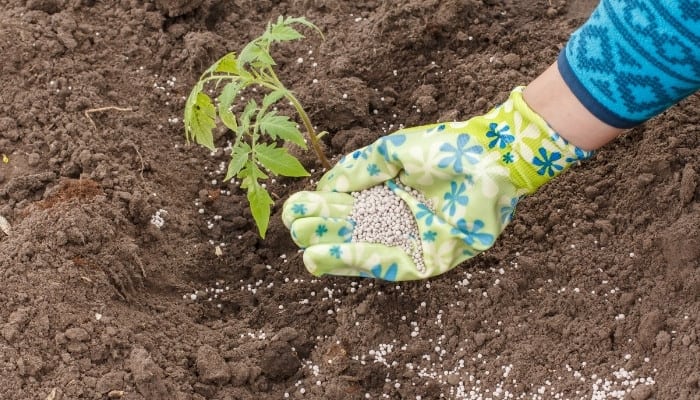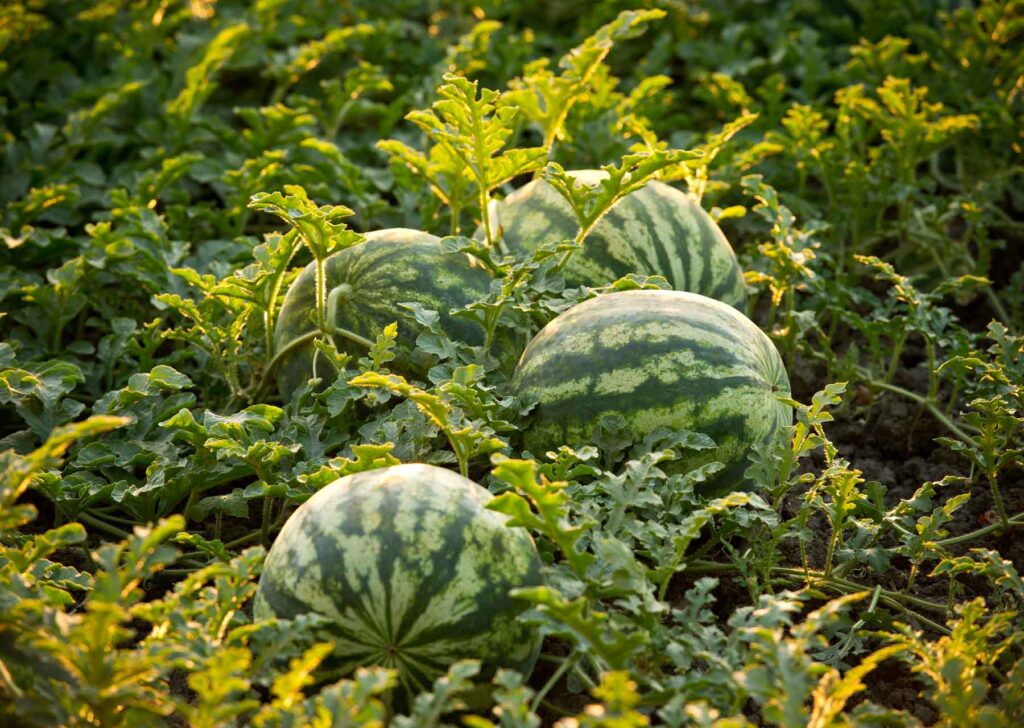Planting different plants together with your fruit trees can make your garden better. This guide will tell you all about which plants are good to grow with your fruit trees to keep pests away, stop disease, and help your garden be its best.
Table of Contents
- What is Companion Planting with Fruit Trees?
- Why Companion Planting is Good
- How to Choose Companion Plants for Your Fruit Trees
- Things to Think About
- Best Companion Plants for Common Fruit Trees
- Apple Trees
- Peach Trees
- Citrus Trees
- Pear Trees
- How to Put Companion Planting To Work
- Planning Your Garden
- Taking Care of Your Garden
- Conclusion
What is Companion Planting with Fruit Trees?
Companion planting means growing different plants close to each other so they help each other grow. Some plants can keep bugs away, some can stop diseases, and some can make the soil better for others. When gardeners use this knowledge, they can make their fruits and other plants healthier.
Why Companion Planting is Good
Putting the right plants together with fruit trees is helpful in many ways:
- Fighting Pests: Some plants can keep bugs that harm fruit trees away. Marigolds or garlic, for example, can scare off aphids.
- Stopping Disease: Plants with special properties can protect fruit trees from getting sick. Chervil can help stop apple scab, which is a fungus that attacks apple trees.
- Better Pollination: If you plant the right flowers and herbs, they can attract bees and butterflies which help pollinate your fruit trees. More pollination means more fruit.
- Soil Health: Some plants, like beans, can add important nutrients like nitrogen to the soil. This can reduce the need for store-bought fertilizers.
- Less Weeds: Certain plants can cover the ground like mulch and stop weeds from growing. This means you have to pull fewer weeds and your fruit trees don’t have to compete with weeds for food and water.
How to Choose Companion Plants for Your Fruit Trees
Things to Think About
Before you plant anything with your fruit trees, consider:
- Size and Shape: Pick companion plants that won’t block the sun from your fruit trees or take up too much space.
- What They Need: Plants that need similar things as your fruit trees are good so they can all be happy together.
- Bug Control: Get plants that are known for keeping pests that bother fruit trees away.
Best Companion Plants for Common Fruit Trees
Here are some fruit trees and plants that are good to grow with them:
Apple Trees
- Herbs: Such as chives, mint, and tansy.
- Flowers: Like marigolds and nasturtiums.
- Vegetables: Garlic, onions, and lettuce can be good too.
Peach Trees
- Herbs: Things like catnip, basil, and comfrey.
- Flowers: Such as calendula and sunflowers.
- Vegetables: Try radishes, spinach, and Swiss chard.
Citrus Trees
- Herbs: A good choice can be rosemary, thyme, and oregano.
- Flowers: Lavender and marigolds look nice and help too.
- Vegetables: Try arugula, kale, and fennel with your citrus trees.
Pear Trees
- Herbs: Dill, parsley, and chamomile are good choices.
- Flowers: Daffodils and irises can be added.
- Vegetables: Cabbage, peas, and beans all work well.
These are just some ideas, and there are many more plants that can help your fruit trees. Look up and test different plants to see what works best in your garden.
How to Put Companion Planting To Work
Planning Your Garden
Here are some tips on how to arrange your companion plants and fruit trees:
- Light: Make sure all the plants get enough sun and don’t shade each other too much.
- Room to Grow: Give each plant enough space so they’re not too crowded.
- Planting Over Time: Plan to plant new companions during the season to keep the garden full.
Taking Care of Your Garden
Keeping your companion planting successful means doing these things:
- Watering: Make sure you water all the plants right, since they might need different amounts.
- Cutting Back Plants: Trim the companion plants regularly so they don’t get too big for the fruit trees.
- Healthy Soil: Take good care of the soil using mulch, composting, and natural fertilizers.
- Watch and Adjust: Keep an eye on your plants and if there are problems like bugs or disease, you might need to change which companions you’re using.
Conclusion
Companion planting with fruit trees is a great way to have a better garden. If you choose the right plants, you can keep bugs away, improve the soil, and draw in more pollinators. Make sure to think about what your fruit trees need and try different plant partners to see what works best.









